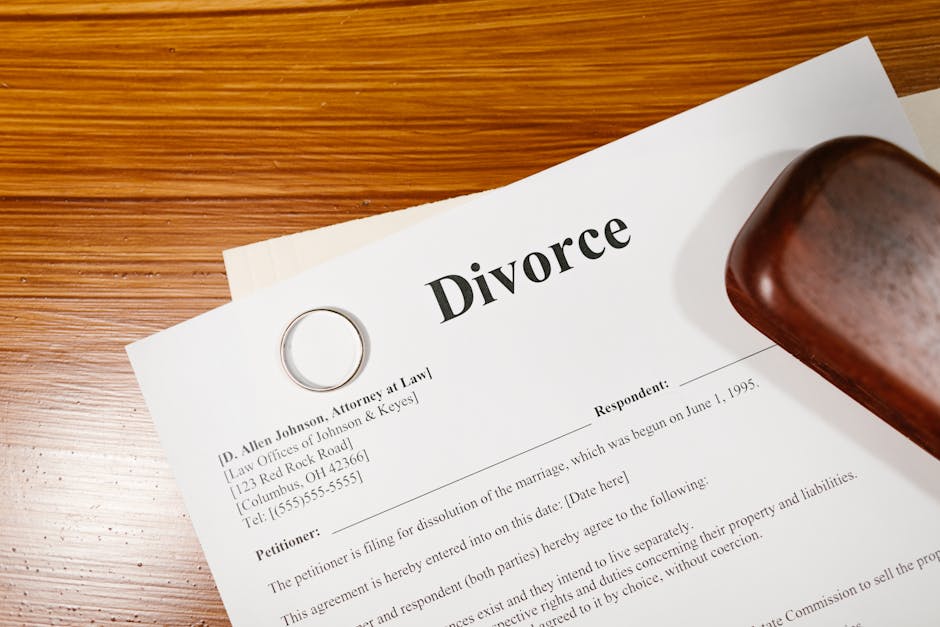The Reverse Resume: Transform Your Career with Peer Testimonials
Navigating the complex waters of job applications and resumes can often feel like an uphill battle, especially in our fast-paced digital age. To truly stand out, today's job seekers need to rethink traditional methods and embrace innovative strategies that showcase their unique skills and achievements. Enter the reverse resume—a transformative approach that leverages peer testimonials to highlight what you bring to the table. This fresh technique empowers you to transition from simply listing qualifications to vividly portraying your professional journey through the voices of your colleagues and mentors.
Understanding the Reverse Resume Concept

What is a Reverse Resume?

At its core, the reverse resume flips the conventional resume model on its head. Instead of merely outlining your job history and skills, this approach focuses on how others perceive your contributions and strengths. What better way to validate your abilities than through testimonials from those you've worked alongside? By integrating peer feedback, you paint a more authentic picture of your career, moving beyond basic achievements to the real impact you've made in professional settings.
Why Choose a Reverse Resume?

In 2025, standing out in a competitive job market is more important than ever. The trend towards personalized, human-centric applications is gaining traction. According to research from the Harvard Business Review, personal endorsements can significantly increase your credibility. Potential employers increasingly seek candidates who not only fulfill qualifications but also demonstrate strong interpersonal skills and personal brand narratives. A reverse resume provides a compelling storytelling framework that can differentiate you from the masses.
Crafting Your Reverse Resume: The Practical Steps

1. Gather Testimonials

The first step in developing a reverse resume is to collect testimonials from peers, supervisors, or clients. Approach individuals who can provide insightful feedback about your work ethic, skills, and character. Here are some innovative ways to solicit testimonials:
- LinkedIn Recommendations: Use LinkedIn’s built-in recommendation feature to request endorsements from connections. This not only adds legitimacy but also boosts your online presence.
- Professional Networks: Reach out within your professional circles or industry networks. A personalized note requesting a few sentences about your contributions can yield meaningful testimonials.
- Email Requests: Consider sending a brief email with specific points you would like them to touch upon. This saves their time and increases your chances of getting a comprehensive response.
2. Organize the Content

Once you have gathered your testimonials, the next step is to organize the content. Create sections in your reverse resume that convey your skills in a cohesive manner. Consider categorizing testimonials based on themes such as:
- Leadership Qualities: Include feedback on your abilities to drive teams or initiatives.
- Professional Skills: Highlight technical or soft skills that set you apart.
- Cultural Fit: Use testimonials that emphasize your alignment with company values and team dynamics.
3. Design the Narrative

Crafting the layout and narrative of your reverse resume is where creativity plays a crucial role. Instead of the traditional format, opt for a visually compelling approach that includes:
- Pull Quotes: Feature key phrases from testimonials in bold text to catch the reader's eye.
- Engaging Format: Utilize bullet points and white space for easy skimming, ensuring that important information stands out.
- Visual Elements: Consider color schemes and design that represent your personal brand. Check out resources like the psychology of color in resumes to effectively communicate your personality.
4. Include Your Own Narrative

Interspersed among the testimonials should be your personal insights and reflections. Brief anecdotes or explanations about specific projects can serve to contextualize the feedback and provide potential employers with a holistic view of your experiences.
For example, alongside a testimonial praising your project management skills, you might add a brief narrative about how you tackled challenges and collaborated with team members to achieve measurable results. This balances external perspectives with your personal voice, ensuring authenticity throughout.
Showcasing Your Reverse Resume

Digital Presence and Networking

In the era of digital hiring, having your reverse resume available online can significantly enhance visibility. Leverage platforms like LinkedIn or personal portfolio websites to share your unique approach. Not only does this expand your reach, but it also allows employers to discover you authentically.
Make sure to integrate elements of your reverse resume into your online presence consistently. This encompasses everything from your LinkedIn summary to your professional website, ensuring that your personal brand remains cohesive across platforms.
Tailoring for Job Applications

When applying for specific positions, be strategic with your reverse resume’s content. Focus on tailoring the testimonials and value propositions to align with the job description and company culture. Highlight relevant peer praises that resonate with the employer's values, thus creating a tailored narrative that speaks directly to them.
Explore how to tailor your resume in current job markets with resources like this article. A personalized approach shows intent and consideration, making you a more attractive candidate.
The Benefits of the Reverse Resume

Increased Trust and Credibility

Testimonials evoke trust. According to studies conducted by Moz, buyer testimonials can enhance credibility by as much as 61%. When potential employers see real feedback from previous colleagues or supervisors, they're far more likely to feel confident in your qualifications. This method fosters an environment in which your skills are endorsed by others, rather than self-promoted.
Depth Over Breadth

Another significant advantage of the reverse resume is its ability to provide depth rather than just breadth. While traditional resumes emphasize quantities—years of experience or number of certifications—a reverse resume illustrates qualitative references that speak volumes about your character, collaboration style, and problem-solving skills.
Differentiation in the Job Market

In a world saturated with cookie-cutter resumes, it’s imperative to present something unique. The reverse resume serves as a refreshing take that makes you memorable. While others display generically formatted lists of experiences, your approach with heartfelt testimonials makes an impact that lingers in the mind of recruiters.
Overcoming Potential Challenges

Addressing Varied Testimonials

One potential hurdle with using a reverse resume lies in varying testimonial styles and tones. To combat this, prioritize clear and coherent messaging throughout the document. Edit for consistency while retaining the authentic voices of your colleagues. The aim is to create seamless storytelling that weaves through different perspectives while maintaining a unified narrative.
Navigating Privacy Concerns
Always seek permission before using someone’s testimonial in your reverse resume. Transparency matters; most colleagues will appreciate your regard for their privacy. If someone prefers anonymity or is uncomfortable providing a formal testimonial, consider extracting key phrases without a name, provided it still conveys the intended message.
Staying Current
As industries evolve, so do the skills and qualities most valued by employers. Regularly update your reverse resume to ensure it reflects current trends and market demands. For instance, if you're pursuing roles that emphasize adaptability or digital literacy, incorporate testimonials that highlight these aspects.
For additional insights on skills required for the modern job market, consider reading this resource.
Final Thoughts
Adopting the reverse resume methodology represents a shift toward a more human and compelling portrayal of your career journey. By harnessing peer testimonials, you're no longer just sharing facts and figures; you're inviting potential employers into your professional narrative in an engaging way.
As you embark on creating your reverse resume, remember that authenticity and credibility are the cornerstones of effective storytelling. Lean on the insights of your colleagues while injecting your reflections to create a harmonious blend that resonates deeply.
Your reverse resume isn't just a document—it's a powerful tool that can redefine the way you present yourself in an ever-evolving job market. Embrace this innovative style in 2025 and beyond, and transform your job application into a captivating narrative that truly represents who you are.



